Your vital organs—screened
Scan your body for potential cancer and 500+ conditions in up to 13 organs.




Our scan is designed to















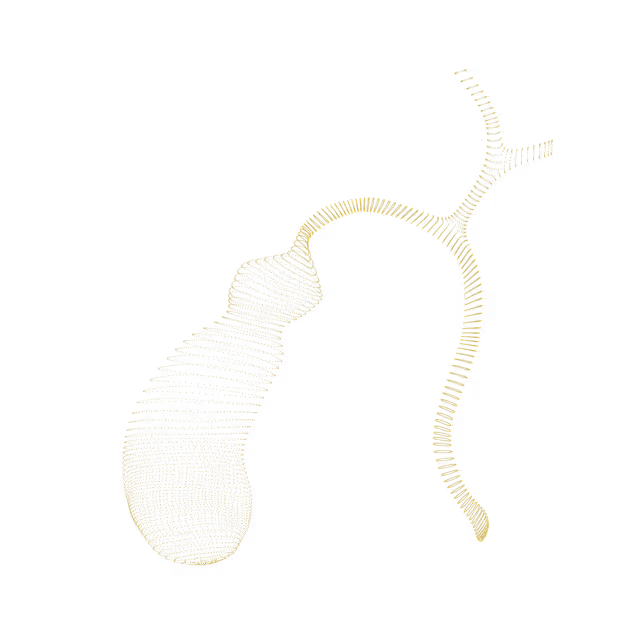
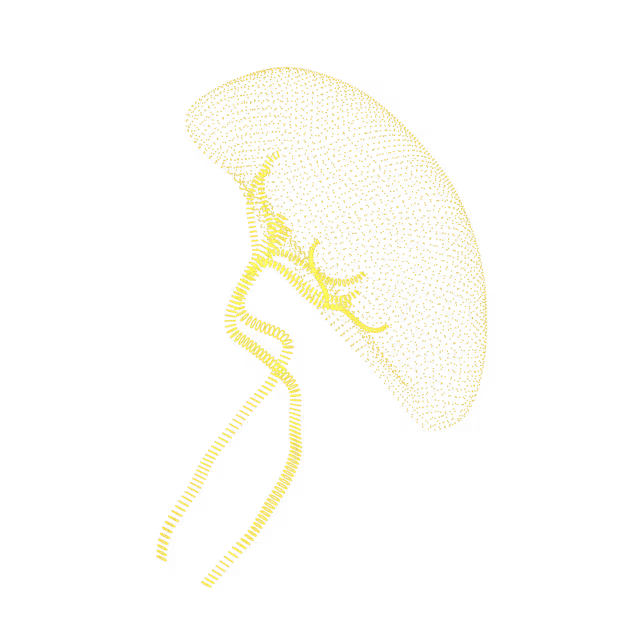

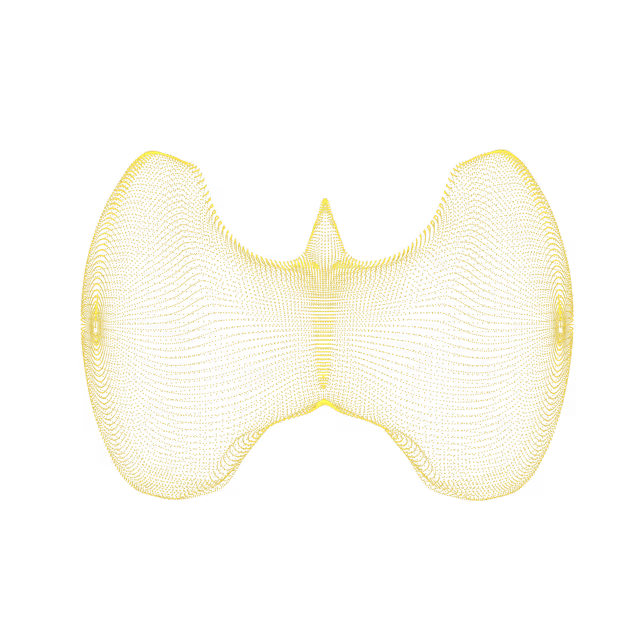

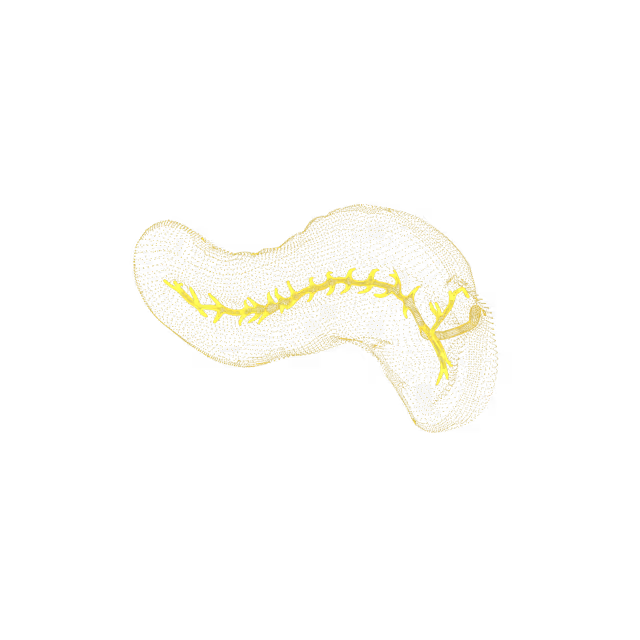
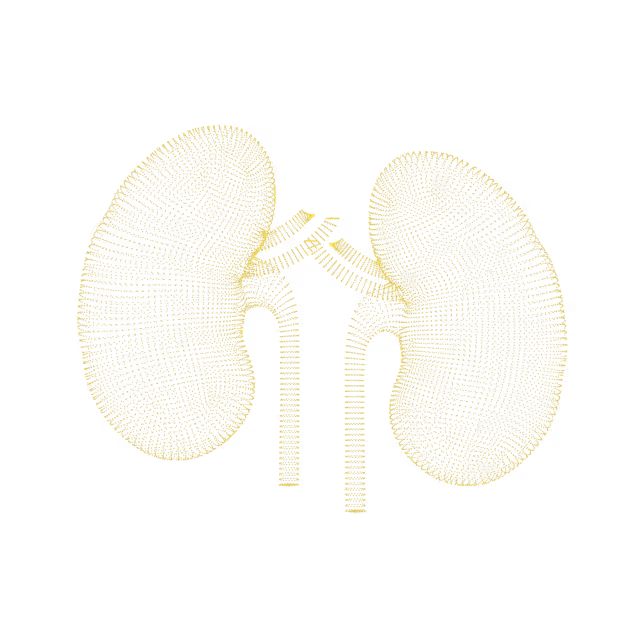
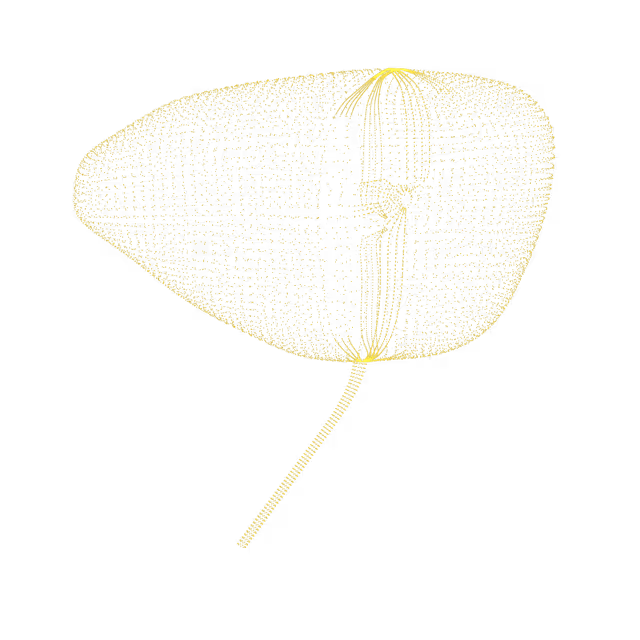
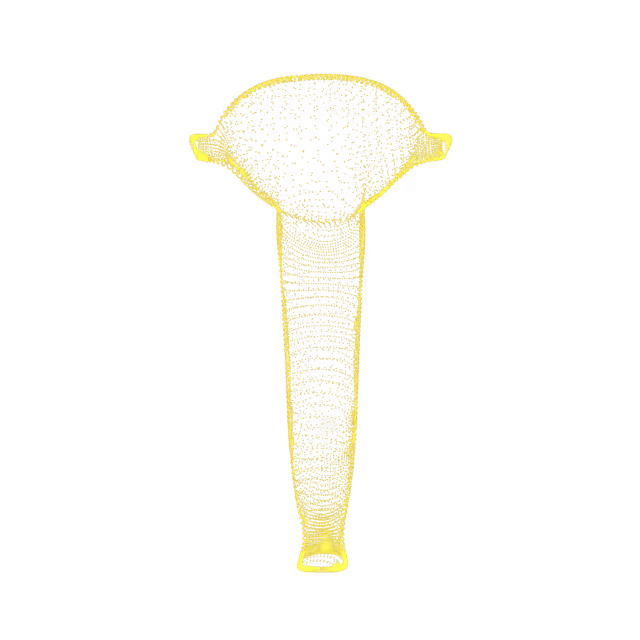
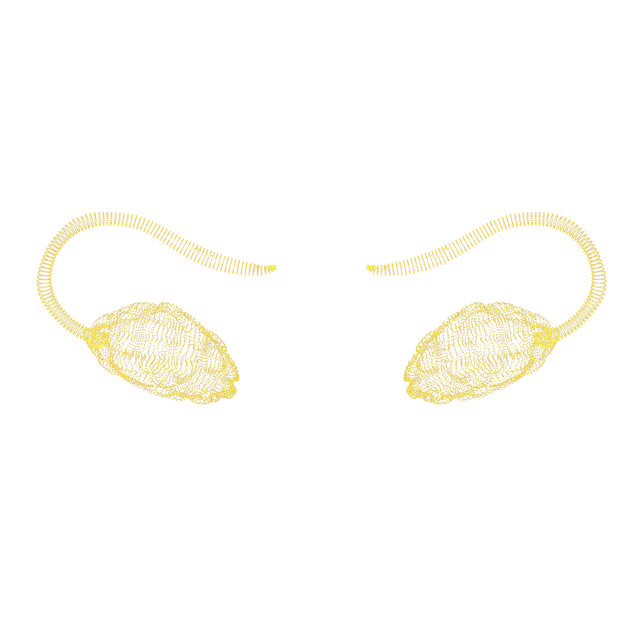
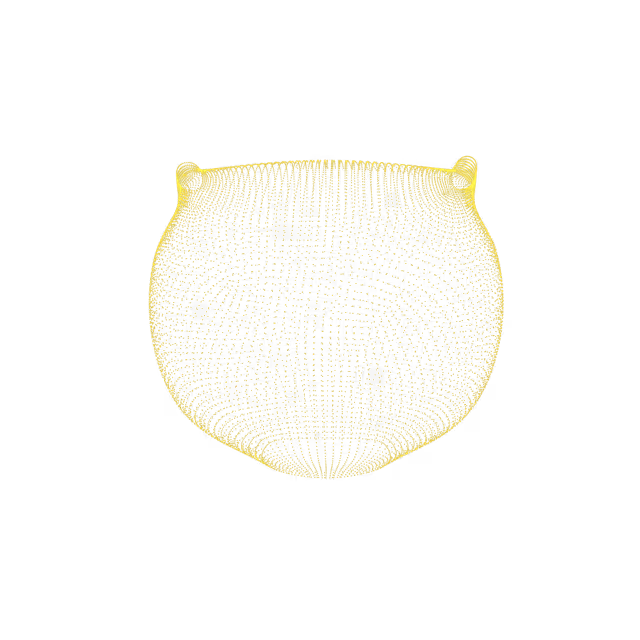

A retroverted uterus is a common condition in which the uterus tilts towards the back rather than to the front. An anteflexed uterus means the top of the uterus (fundus) is pointing forward, which is a normal position.
Uterine fibroids (also called uterine leiomyomas or myomas) are abnormal growths in the muscle of the uterus. Approximately 80% of women will have fibroids in their lifetime. Subserosal fibroids grow outward from the uterus to the pelvic cavity.
A unicornuate uterus is a rare condition that is present from birth (congenital) that causes an individual to have only half a uterus. Individuals with a unicornuate uterus have one working fallopian tube (instead of two) and a smaller uterine cavity. The body reabsorbs the other half of the uterus. A rudimentary horn is what’s left of the uterine tissue that was absorbed. The rudimentary horn may or may not be connected to the unicornuate uterus. In addition, the rudimentary horn may or may not have functioning endometrial lining/cavity. The condition is usually asymptomatic (does not cause symptoms) but sometimes can be associated with increased risk of adverse pregnancy outcomes (i.e. miscarriages, preterm labor).
An adenomyoma (focal adenomyosis) is a non-cancerous abnormal growth where endometrial tissue (the innermost lining layer of the uterus) is inside the uterus muscle, resulting in a mass. Symptoms, if present, may include heavier than normal menstrual bleeding, pain with menstruation, and painful intercourse.
Leiomyosarcoma isa rare, malignant (cancerous) tumor that arises from the smooth muscle lining the walls of the uterus. While the exact cause of a uterine leiomyosarcoma is unknown, associated risk factors include long-term use of tamoxifen (five years or more), history of pelvic radiation, and inherited conditions (e.g. childhood retinoblastoma)
Uterine and adnexal (ovaries and fallopian tubes) atrophy is a response to a hypo-estrogen state (low estrogen levels in the body). Atrophy describes when tissue “wastes away” or thins. The most common cause for a hypo-estrogen state is menopause. Other factors that can cause uterine and adnexal atrophy include prolonged oral contraception, ovarian dysfunction and tamoxifen use (estrogen-lowering medication). Atrophy is a normal change to the uterus and adnexa as a woman ages and goes through menopause.
The adnexa describes the region encompassing the ovary and fallopian tube. The adnexa appears scarred, likely consistent with a history of having pelvic surgery.
The ovary and fallopian tube was not seen on the MRI images which is consistent with a history of surgical removal of your ovary and fallopian tube (salpingo-oophorectomy).
An enlarged ovary is an ovary that has expanded past its normal size. The cause of this enlargement is usually cyst formation. Other causes include endometriosis, benign tumors and, rarely, ovarian cancer. Each month, the ovaries normally grow cyst-like structures called follicles. These follicles produce the hormones estrogen and progesterone and release an egg during ovulation. Sometimes numerous follicles can be a finding consistent with polycystic ovarian syndrome (PCOS), or it could be from a regular, normal menstrual cycle
Each month, the ovaries normally grow cyst-like structures called follicles. These follicles produce the hormones estrogen and progesterone and release an egg during ovulation. After releasing its egg, the follicle is called the corpus luteum. Sometimes, fluid accumulates inside the follicle, causing the corpus luteum to grow into a cyst.


© 2025 Ezra